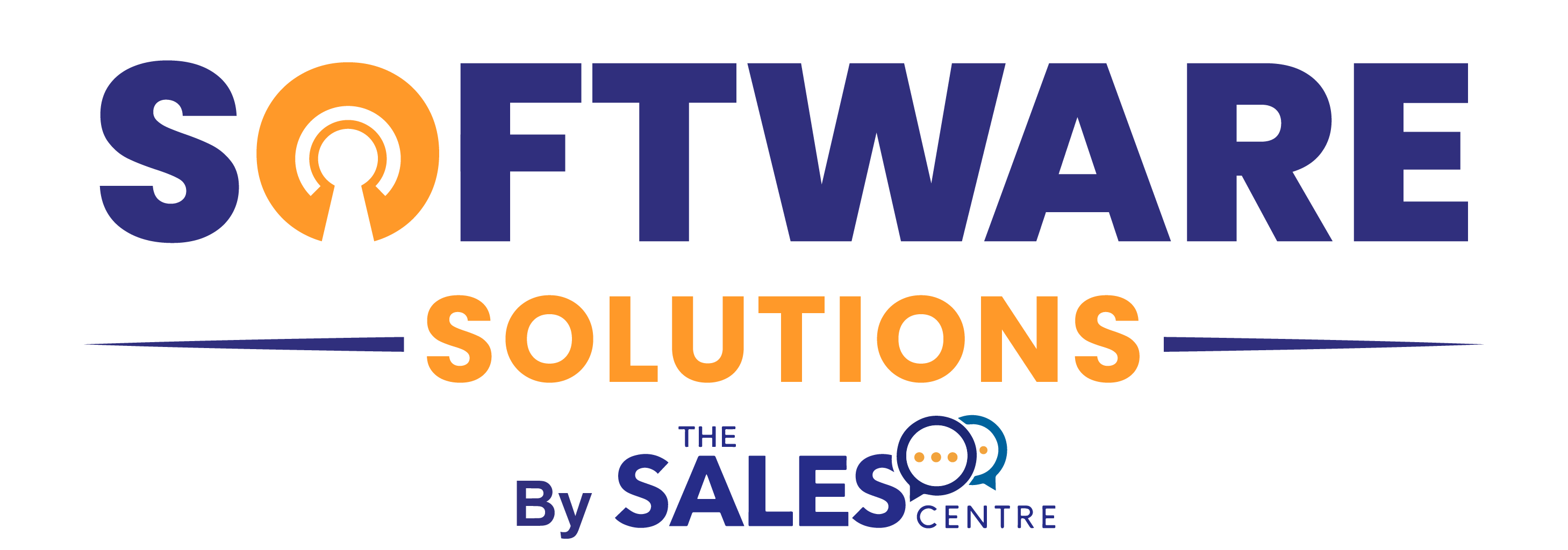Automation is the magic word for modern businesses. It promises efficiency, accuracy, and scalability—all without burning out your team or ballooning your budget. But while automation can dramatically streamline operations, it also comes with one critical caveat: compliance.
In today’s fast-changing digital landscape, businesses face mounting pressure to comply with evolving data privacy laws, industry regulations, and security standards. Automate recklessly—and you could find yourself in violation of GDPR, POPIA, HIPAA, or other regulatory frameworks, facing fines, reputational damage, or even legal action.
In this blog, we explore the most common automation mistakes companies make that compromise compliance—and how to avoid them so your business can scale confidently, safely, and smartly.
Why Automation and Compliance Must Go Hand in Hand
As automation tools handle more sensitive data and decision-making processes, ensuring regulatory compliance becomes non-negotiable. Whether you’re automating HR onboarding, marketing emails, invoicing, or customer relationship management (CRM), you’re working with data that likely falls under local or international compliance regulations.
Mistake #1: Automating Without Understanding the Regulatory Landscape
One of the most common mistakes businesses make is diving headfirst into automation without fully understanding which laws apply to them.
If you handle personal data from customers in the UK or EU, GDPR applies. If you’re working with medical data in the U.S., it’s HIPAA. In South Africa, POPIA sets the rules. Different industries (finance, healthcare, education) often have sector-specific compliance requirements too.
How to Avoid It:
✅ Conduct a compliance audit before implementing any automation tools
✅ Work with legal or compliance advisors to understand your obligations
✅ Choose software providers that are transparent about their compliance standards
Mistake #2: Automating Data Collection Without Consent
Data collection is one of the biggest benefits of automation—but it can also be a massive liability if mishandled. Many businesses use automated forms, chatbots, and lead capture tools without properly informing users how their data will be used or stored.
If you’re not getting informed, documented consent, you’re not compliant.
How to Avoid It:
✅ Use clear, user-friendly privacy notices on all forms
✅ Include opt-in checkboxes with language aligned to GDPR or POPIA requirements
✅ Store and manage consent records within your CRM or data system
✅ Make it easy for users to withdraw consent
Mistake #3: Poor Data Storage Practices
Automating workflows means data is constantly flowing between tools—forms to CRMs, CRMs to email platforms, and so on. If those tools aren’t secure, or if data is being stored in unauthorised locations (e.g., outside approved jurisdictions), your business could be exposed.
Cloud storage doesn’t equal secure storage. You need to know where and how your data is being stored and transmitted.
How to Avoid It:
✅ Use automation platforms that offer data encryption, access control, and compliance certifications
✅ Know your data residency requirements (e.g., EU data must stay within the EU)
✅ Set up automated backups and audit trails to monitor data movement
✅ Regularly review third-party vendor policies
Mistake #4: Failing to Monitor and Audit Automated Processes
Automation isn’t “set and forget.” Once your systems are up and running, they must be monitored continuously. Too often, businesses set up workflows and never revisit them—leaving themselves blind to errors, changes in compliance rules, or system failures.
How to Avoid It:
✅ Schedule quarterly compliance audits of automated workflows
✅ Build in logging and tracking to monitor data changes and access
✅ Use automation platforms with built-in compliance dashboards or alerts
✅ Assign a compliance officer or team member to own the process
Compliance is not an event—it’s an ongoing practice.
Mistake #5: Using Non-Compliant Automation Vendors
You might be fully committed to compliance—but what about your software providers?
Not all automation tools are built with regulation in mind. Some cheaper platforms may not encrypt data, log access, or comply with GDPR/POPIA standards. If they mishandle your data, your business is still liable.
How to Avoid It:
✅ Vet your vendors before you buy—look for GDPR, ISO 27001, or SOC 2 certifications
✅ Ask where their data is hosted
✅ Read the fine print in their Data Processing Agreements (DPAs)
✅ Prefer vendors that offer role-based access controls and activity logging
Mistake #6: Over-Automating Sensitive Human Decisions
While automation can speed up decision-making, it’s not always the best approach for sensitive processes—like rejecting job applicants, making financial recommendations, or flagging suspicious behaviour.
Some laws (like GDPR) restrict automated decision-making that significantly impacts individuals. If you’re automating without human oversight, you could be crossing a line.
How to Avoid It:
✅ Use human-in-the-loop models for critical or sensitive decisions
✅ Clearly disclose where automation is used in customer-facing processes
✅ Give individuals a way to appeal automated decisions or request human intervention
Mistake #7: Not Training Your Team on Compliance in Automation
Automation is only as effective as the people behind it. If your team isn’t trained on how compliance applies to their work, mistakes will happen. Fast.
From marketing managers to HR teams, everyone involved in data or process automation needs to understand the risks, rules, and responsibilities.
How to Avoid It:
✅ Run regular training sessions on data privacy and automation best practices
✅ Create internal documentation or SOPs for compliant automation use
✅ Encourage employees to report compliance risks or data mishandling
Tech doesn’t break the rules—people do, if they don’t know what the rules are.
How Software Solutions Can Help
At Software Solutions, we don’t just help you automate—we help you automate the right way. We work with businesses of all sizes to:
- Identify workflows suitable for secure automation
- Implement cloud-based tools that meet local and international compliance standards
- Integrate systems with encrypted data flow and audit-ready processes
- Provide ongoing support, training, and updates as regulations evolve
Whether you’re just starting out with automation or scaling your digital operations, we ensure your systems are fast, efficient—and legally airtight.
Compliance Isn’t Optional—It’s Strategic
Automation can be your biggest business advantage—but only if it’s done right. The cost of non-compliance is too high to ignore, and regulators are only getting stricter. Don’t let automation become your blind spot.
By avoiding these common mistakes and choosing trusted partners like Software Solutions, you can enjoy the full benefits of automation—without the legal headaches.
✅ More speed
✅ Less risk
✅ Better peace of mind
Need help building compliant automation workflows? Let’s chat. Software Solutions is your trusted partner in secure, scalable, regulation-ready business tech.


